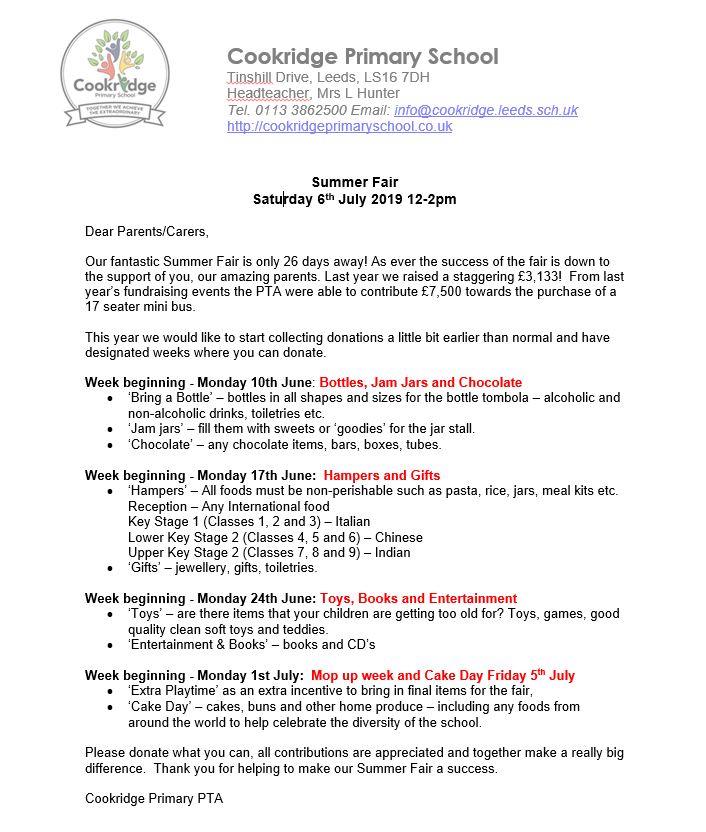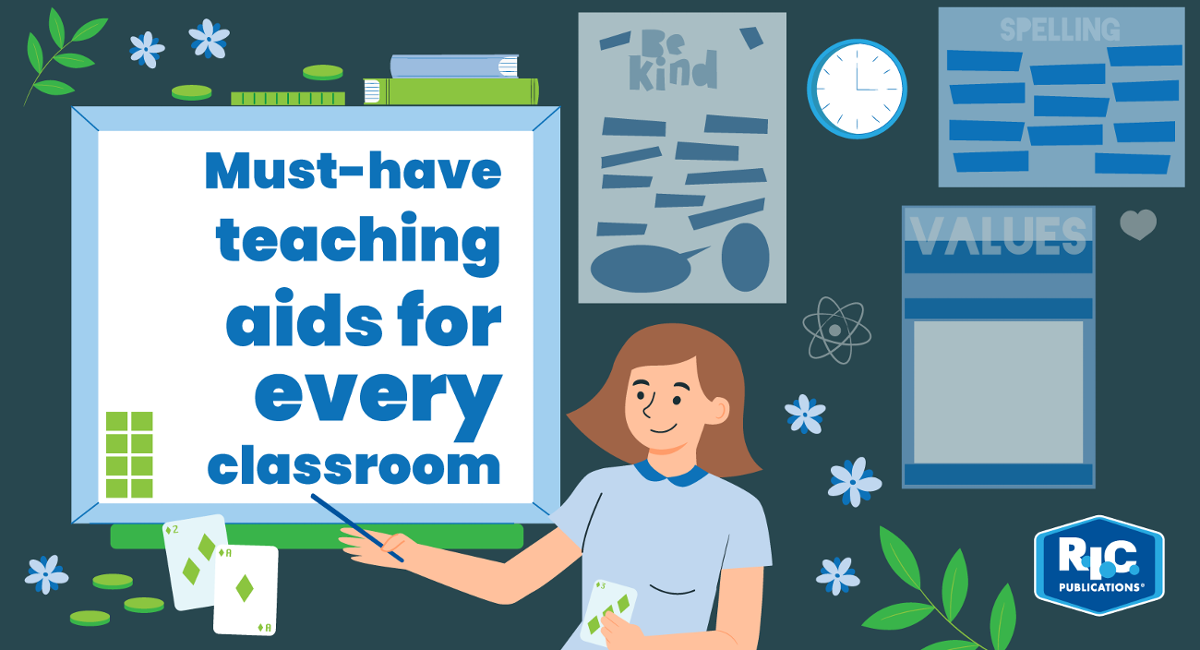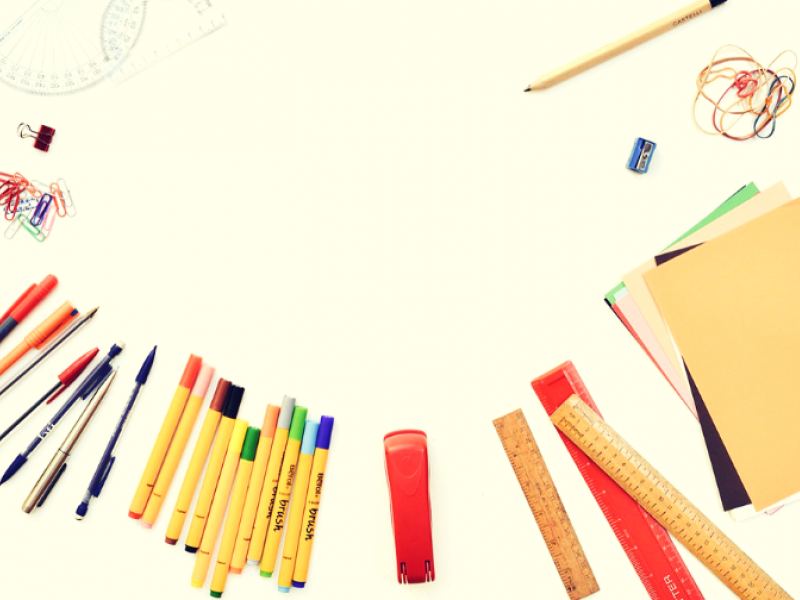Italian preschools are often based on a play-based environment, and do not use textbooks or workbooks. However, books could be a significant factor in helping children develop their language and fostering a love for reading. Here are some types of books that could be useful to Italian kindergartens Picture books: Picture books can help young children develop their vocabulary, creativity, and enjoyment of reading. They typically feature appealing images and are accompanied by simple, easy-to-read text.
Board books have robust covers and thick pages which are ideal for youngsters who are learning to use books. They can be used as a way to introduce children themes, including shapes, animals, colours and even numbers.
Nursery rhymes and songs can be a fantastic way to help your child to develop their emotional and social skills. Italian nursery school children are able to use songbooks and nursery rhymes as part of their daily circle time as well as in activities.
Books on diversity and inclusion are crucial for teaching young children about the significance of diversity and inclusion. Children will benefit by reading books featuring characters who come from different cultures, backgrounds and skills. They can learn empathy, understanding and respect.
Italian languages books. Italian nursery schools use books written in Italian as a way to aid children in developing their speaking skills and master the Italian language. They could be simple stories or picture books as well as books with Italian nursery rhymes and songs.
The books you select for your child should be appropriate for their age, interesting, and culturally appropriate. Teachers and caregivers could also make use of books to stimulate children's interests and encourage children to investigate different subjects and themes. Check out the recommended schede didattiche italiano sostegno for blog examples.

What Math Teaching Materials Is Required In Italian Nurseries?
In Italian nurseries, maths teaching material can help develop children's spatial, numerical, and problem-solving abilities. Here are some examples for materials for math instruction Education of caregivers and teachers. Both caregivers and teachers have to be trained on how to incorporate math concepts into everyday activities.
Planning lessons and curriculum A well-designed curriculum and lesson plans that incorporate mathematical concepts are a great approach to expose kids to a wide range of mathematical concepts and math skills.
Children can master mathematics in a more visual way by using manipulatives like beads, counting bears and blocks. Charts and posters can also be useful visual aids.
Technology-based learning aids for children. Technology aids like tablets with math-related apps for education or games can be a great way to students learn in the classroom and offer them additional resources.
Assessment tools: Assessment tools can assist caregivers and teachers monitor children's progress and identify areas where more support might be needed.
Parental involvement: Engaging parents in mathematics education can reinforce concepts learnt in the nursery. This can also increase the involvement of families.
It is essential that the material used in teaching mathematics to young children is age appropriate. Teachers and parents can utilize these materials to design engaging and interactive math activities that promote children's curiosity and enthusiasm for learning. Follow the most popular schede didattiche inglese sostegno for more advice.

What Materials For Science Education Are Required In Italian Nurseries?
It is important to support the use of science-based products in Italian nurseries to ensure that children can explore and learn about their surroundings. Here are a few examples of when science-related materials could be required: Curriculum and lesson plan A well-planned lesson program that incorporates scientific concepts will help to make sure that youngsters are exposed to and taught various concepts in science.
Manipulatives and visual aids Magnifying glasses, nature specimens, and kits for simple science experiments as well as visual aids like charts and posters can help children learn scientific concepts in a hands-on and visual way.
Books and videos. Books or videos on topics such as weather as well as space, animals and plants are a great way to engage kids and provide them with extra resources.
Learning spaces outdoors. Children can discover the natural surroundings through playgrounds, gardens, and other outdoor learning spaces.
Parents involved: Involving parents can reinforce concepts taught in nursery school, and also encourage the involvement of their children in the classroom.
Assessment tools. Teachers and caregivers can utilize these tools to assess their children's progress, and also to pinpoint areas of need for additional support.
The materials that are used to aid in science education should be age-appropriate for young children. These materials can be used by caregivers and teachers to create interactive and engaging science lessons that stimulate children's curiosity. Have a look at the best schede didattiche scienze sostegno for more advice.

What Is The Required Material To Teach Geography In Italian Nursery Schools?
Geography-related teaching materials used in Italian nurseries can assist children to gain a better understanding of the world around them and learn about various cultures and the environment. Some examples of the materials that you could use for teaching geography are: Maps. Maps are useful for helping children learn about the different countries and regions, and the locations of natural features and landmarks.
Globes: Globes enable children to discover the oceans, continents, and other features of the earth.
Images and videos: Photos and videos of places and cultures around the globe can assist children understand the diversity of cultures and ways of living.
Books: Children's books which highlight diverse cultures can stimulate a child's curiosity and curiosity about the world.
Natural materials can help children to learn about different ecosystems.
Field excursions Local field trips parks, zoos and museums offer children engaging experiences that allow them to explore geography in the real world.
Select geography-related teaching resources that are suitable for the children's age and are aware of cultural differences. These resources will assist teachers and parents create engaging and fun geography activities for children, which will stimulate their curiosity and enthusiasm for discovering more about the world.
